How Tree Services Determine the Age of a Tree
Tree services are essential for maintaining the vitality of our green spaces, and understanding the age of a tree is crucial for its effective management. Whether it's for development purposes, conservation efforts, or simply out of curiosity, knowing how old a tree is can offer insights into its health and longevity. But how exactly do experts in the field determine the age of these silent giants? In this article, we dive into the methods and reasons why selecting the age of a tree is so important.
Using Dendrochronology
One of the primary methods tree services use to determine a tree's age is dendrochronology. This involves counting the growth rings of a tree, which are visible when a tree is cut or cored. Each ring represents one year of growth, with the space between them indicating the conditions during that period. For instance, wider rings often signify a year of good growth due to favorable weather conditions, while thinner rings may indicate a year of drought or disease. Another useful tool in dendrochronology is an increment borer, which allows professionals to extract a small core from the trunk without causing significant damage to the tree. This core reveals the growth rings and enables accurate age estimation while preserving the tree’s health.
Taking Core Samples
The coring method is a less invasive alternative to cutting, allowing arborists to extract a core sample from the tree using an increment borer. This specialized tool drills into the tree without causing significant harm, enabling the expert to retrieve a thin section of wood from which the rings can be counted. This technique is particularly valuable for ancient or significant trees where preserving the tree's life is critical. The data retrieved from these rings not only tells experts the tree's age but also provides insights into historical climate conditions. By analyzing variations in ring width, color, and density, arborists can identify past environmental events such as droughts, fires, or insect infestations. These clues offer a glimpse into the tree’s lifespan and the ecosystem it has endured. This makes coring a powerful tool for both scientific research and practical tree care.
Applying Growth Patterns
Another technique involves examining the species-specific growth patterns and characteristics of trees. Different species age at different rates, and understanding these nuances can help in estimating a tree's age. For instance, according to 8 Billion Trees, pine trees typically reach maturity after 25 to 30 years. By using these growth benchmarks, tree services can make educated estimates regarding the age of a tree without invasive methods, which is especially handy for younger trees or when preserving the tree is a priority.
Analyzing Environmental and Historical Factors
Beyond rings and growth patterns, environmental factors and historical data also play a role in age determination. Experienced arborists can glean a wealth of knowledge about a tree's past from its environment and historical records. For instance, a tree's location, exposure to pollutants, the presence of other plant species, and its role in the local ecosystem can all offer clues. By integrating current scientific methods with local knowledge and historical records, tree services get a comprehensive view that can guide better tree care and management.
Incorporating Technology
Finally, technology is increasingly playing a role in understanding tree ages. Advanced techniques such as radiocarbon dating, though typically used for archaeological purposes, are sometimes adapted to estimate the age of older trees. While not yet a mainstream practice in routine tree service tasks, these technological advancements hint at the future possibilities for non-invasive aging processes. As technology advances, it promises more precise and less invasive methods to determine tree ages, paving the way for better conservation practices.
Understanding the age of a tree is not only about satisfying curiosity but also about ensuring its conservation and management. Through methods such as dendrochronology, coring, and analyzing growth patterns, tree services refine their ability to gauge the age and health of trees. While traditional methods remain pivotal, the integration of environmental assessment and emerging technologies continues to expand the frontier of arboriculture. Ensuring that our trees are properly tended means a healthier environment and a richer biosphere for generations to come. Contact J&C Tree Experts today if you have any more questions and for help with your next project!
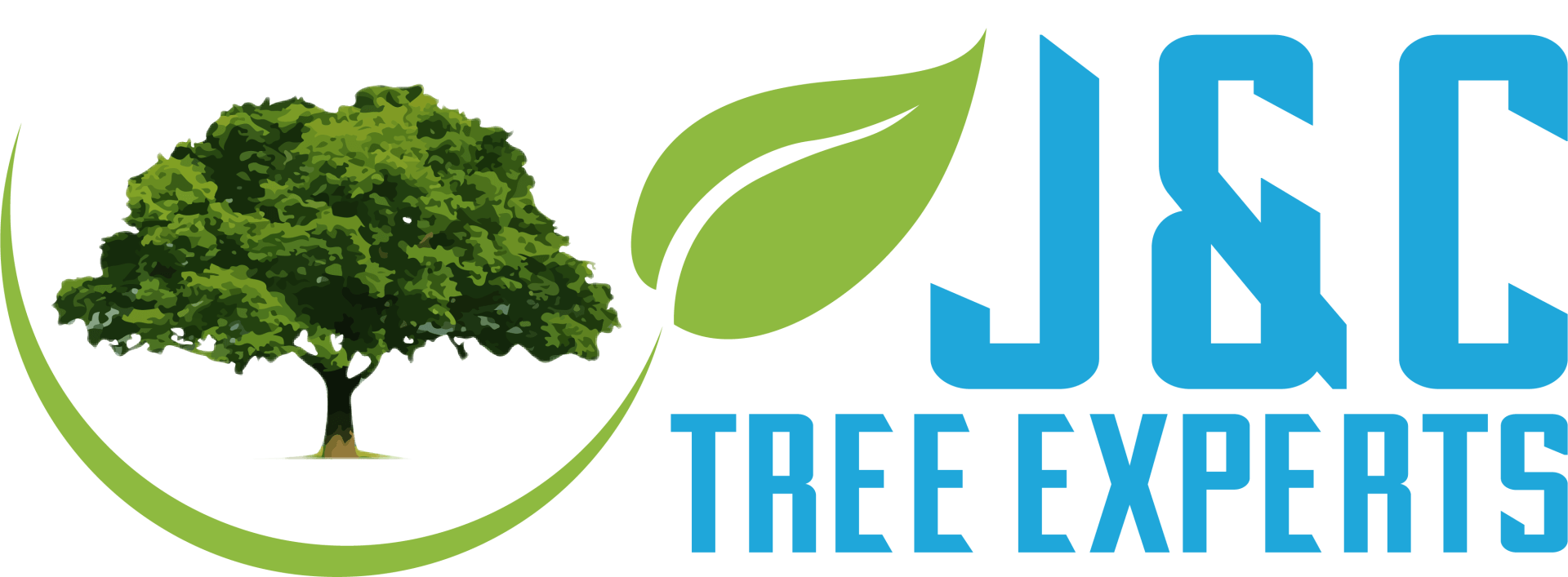
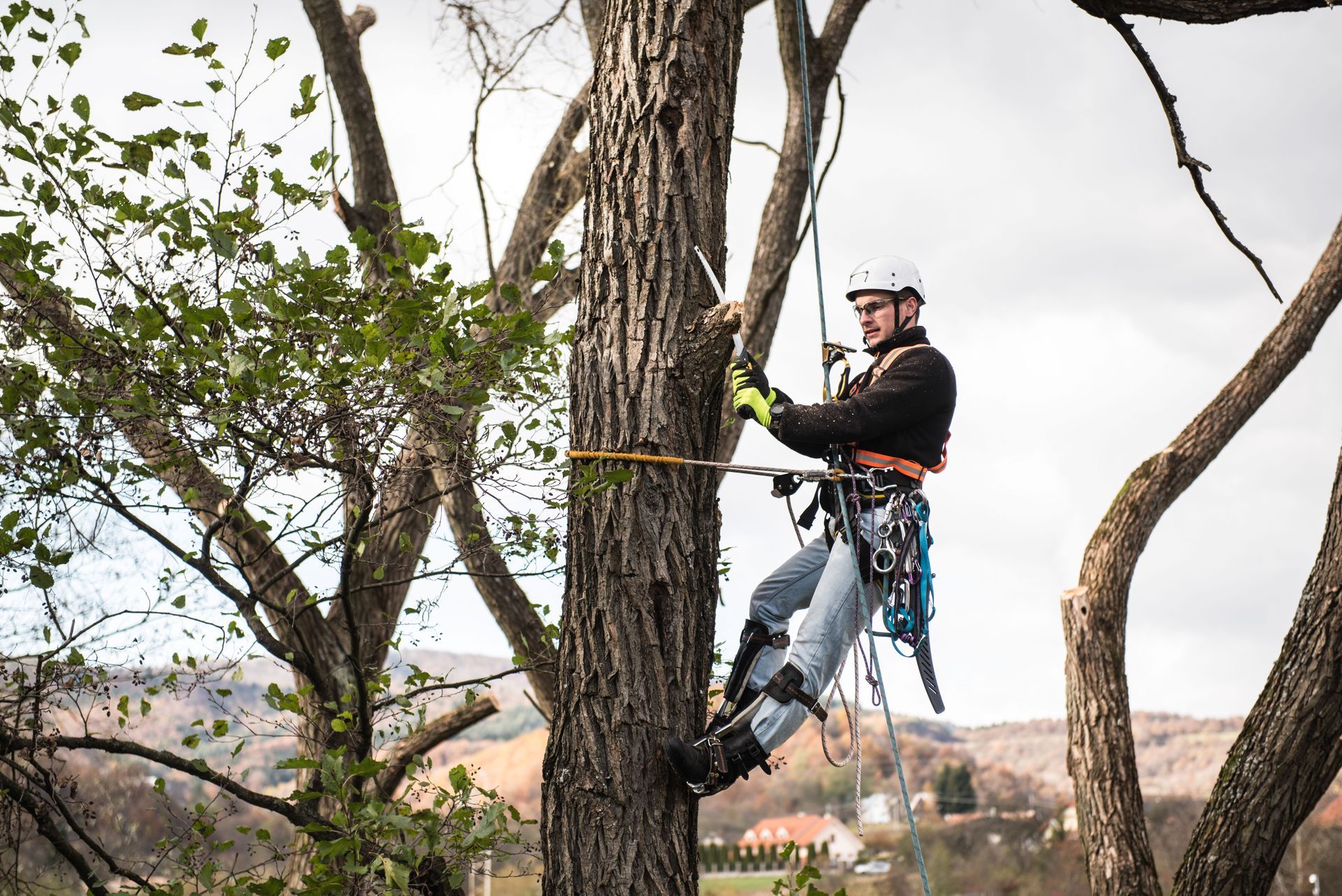

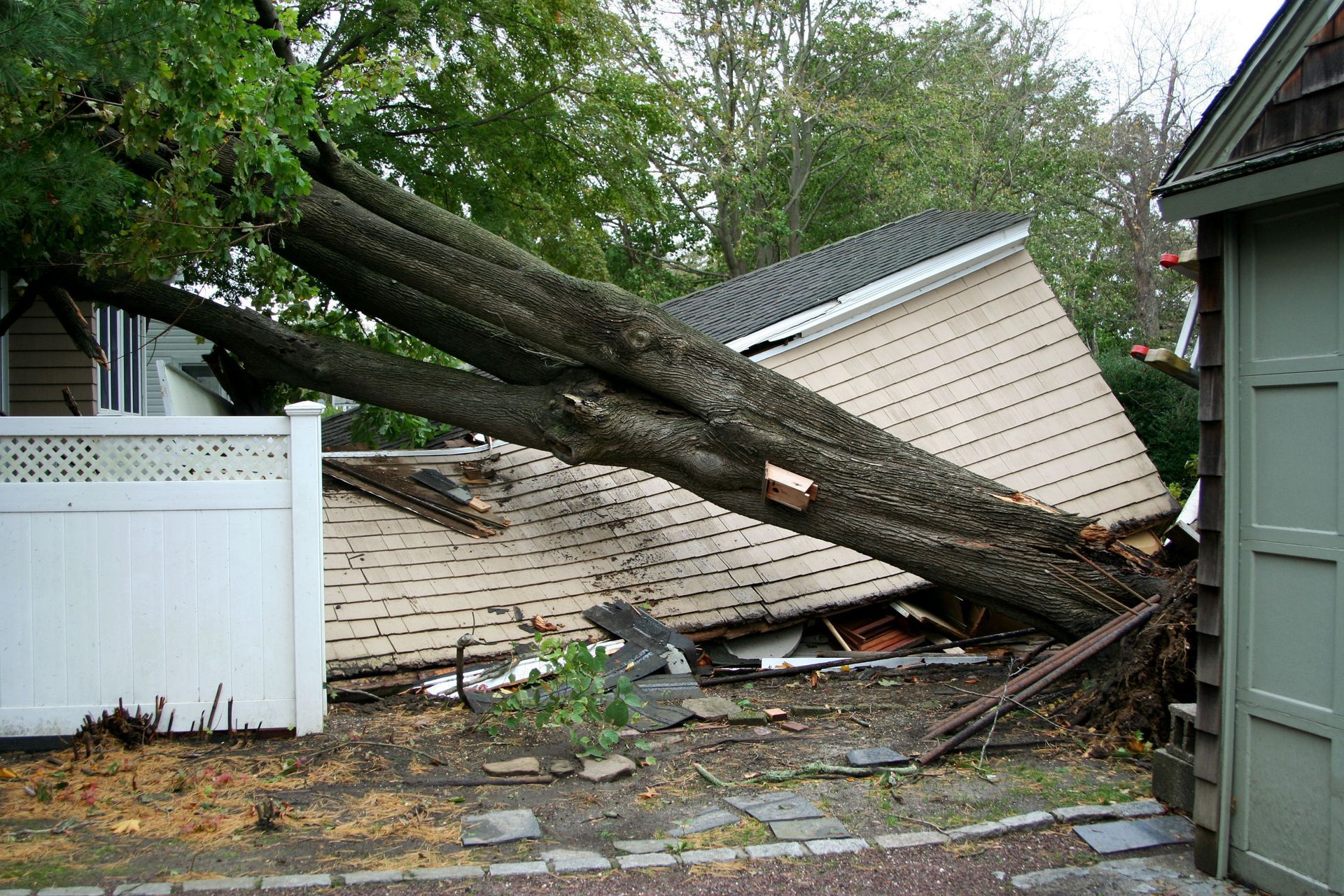
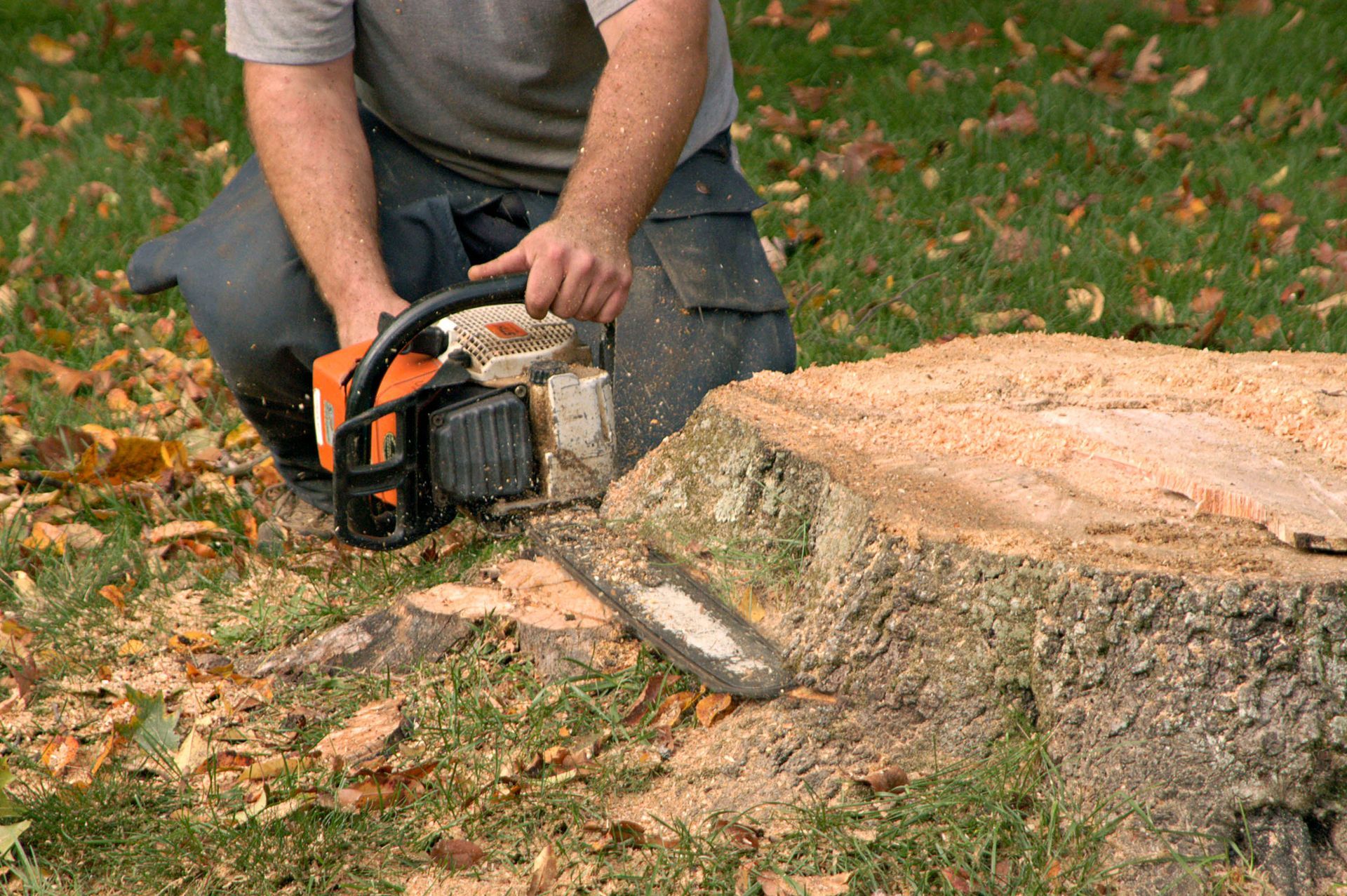
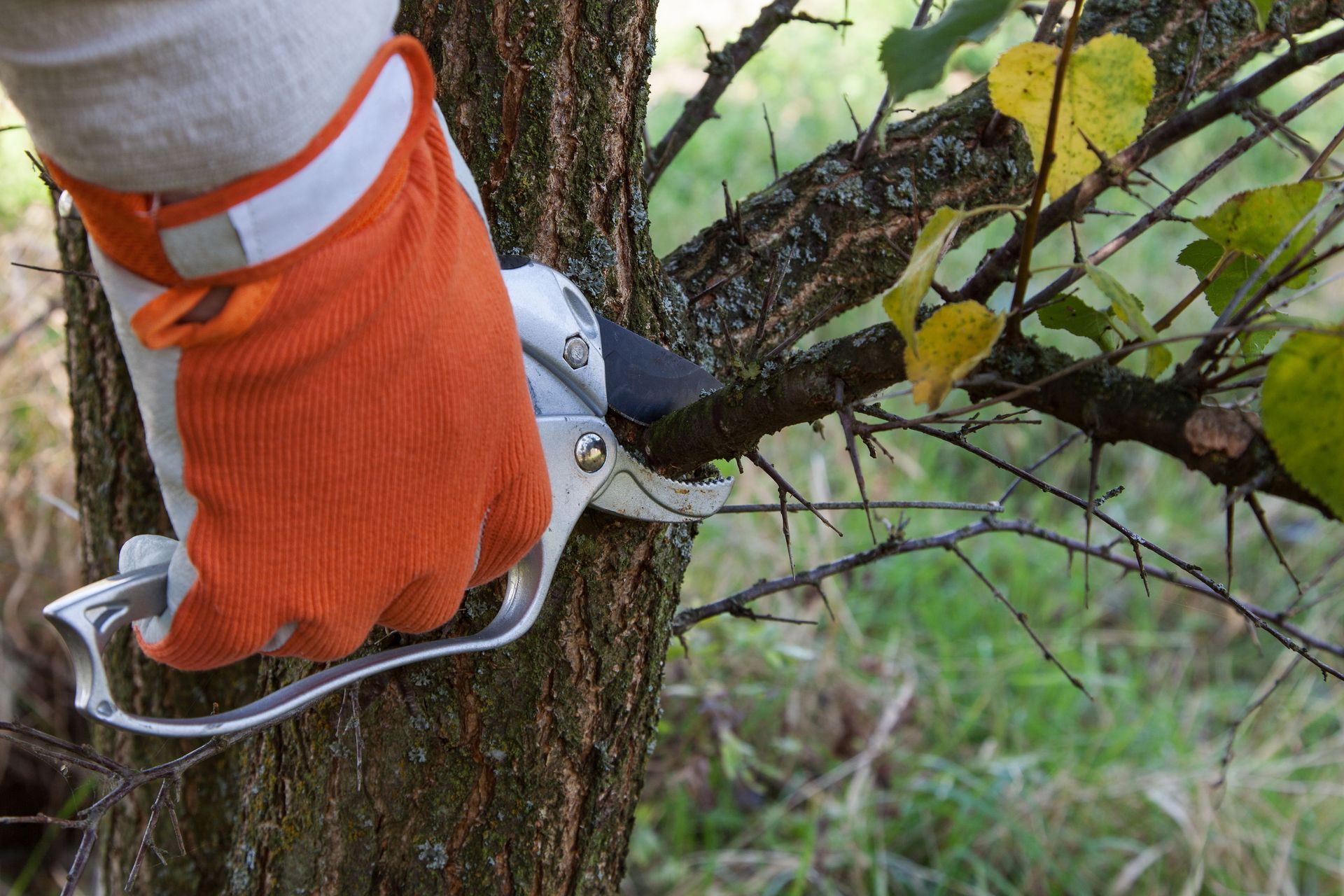
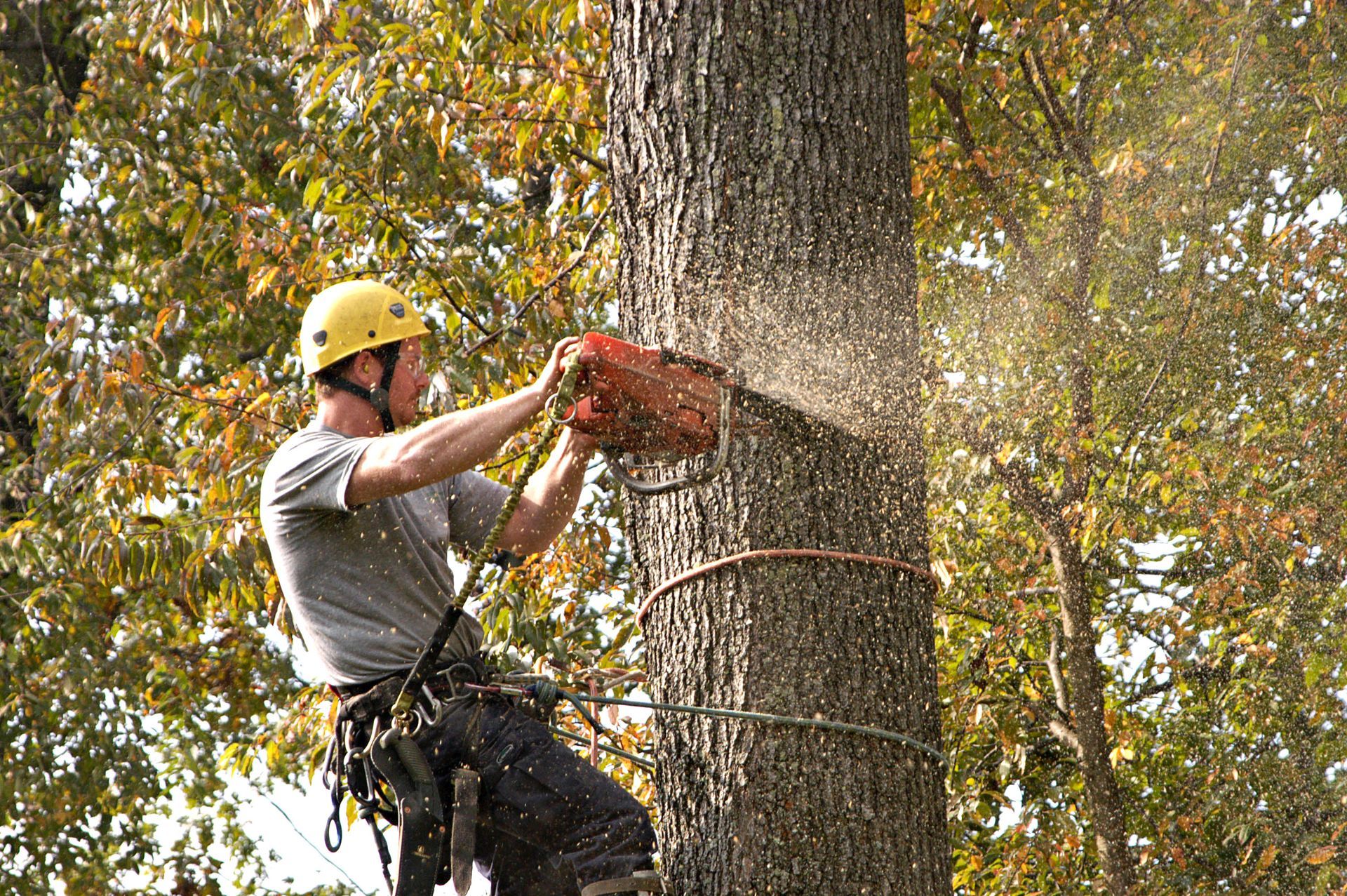
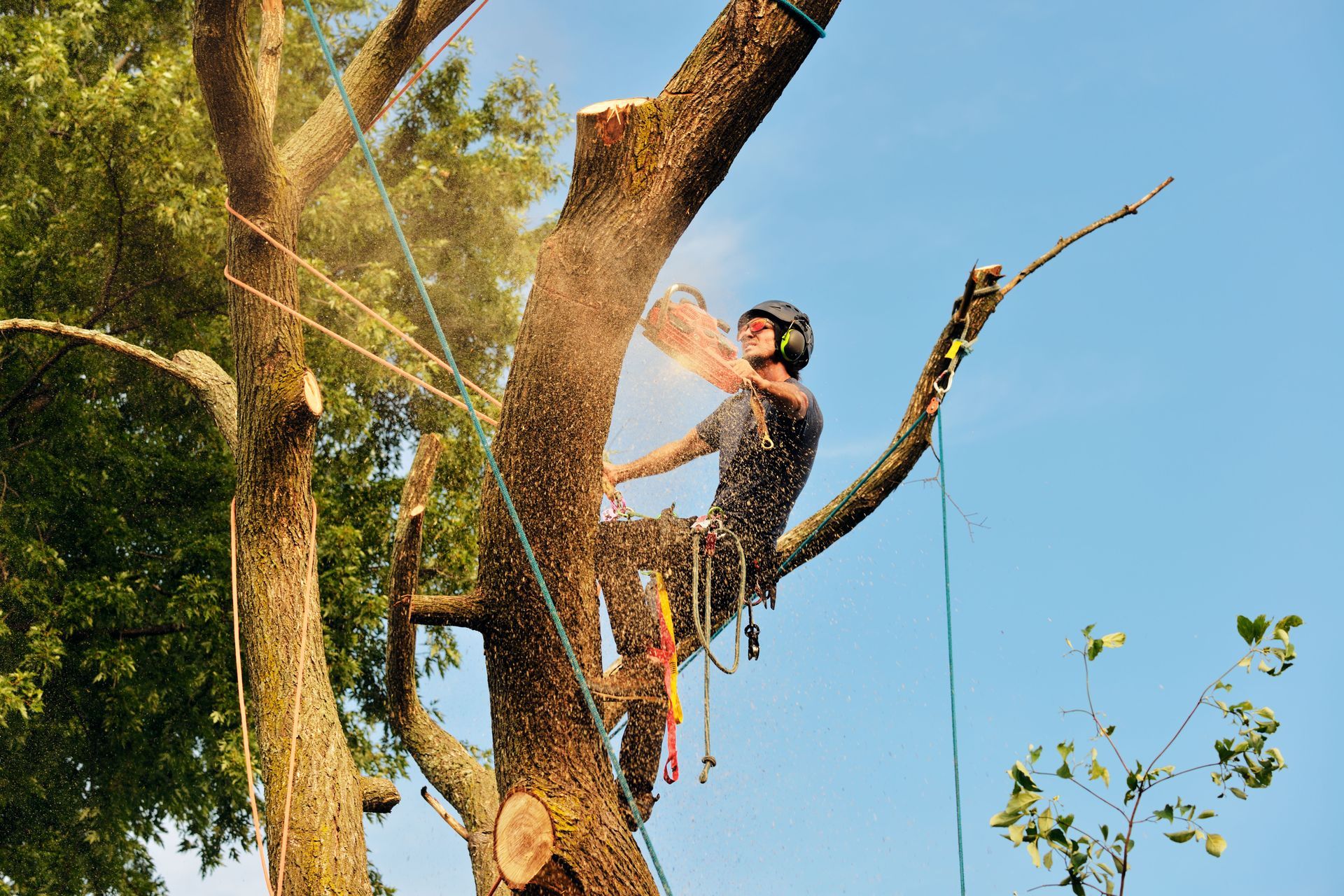
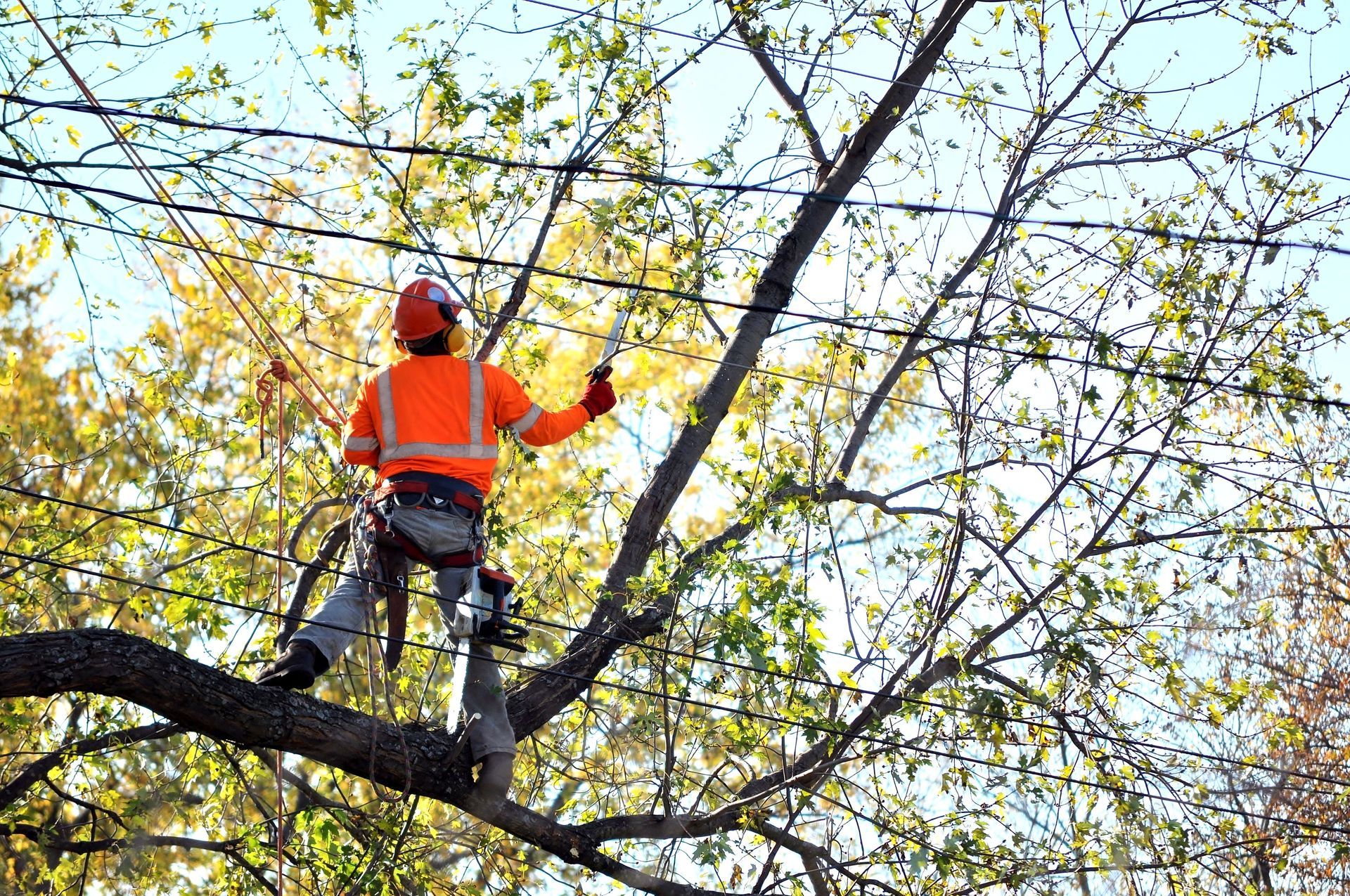
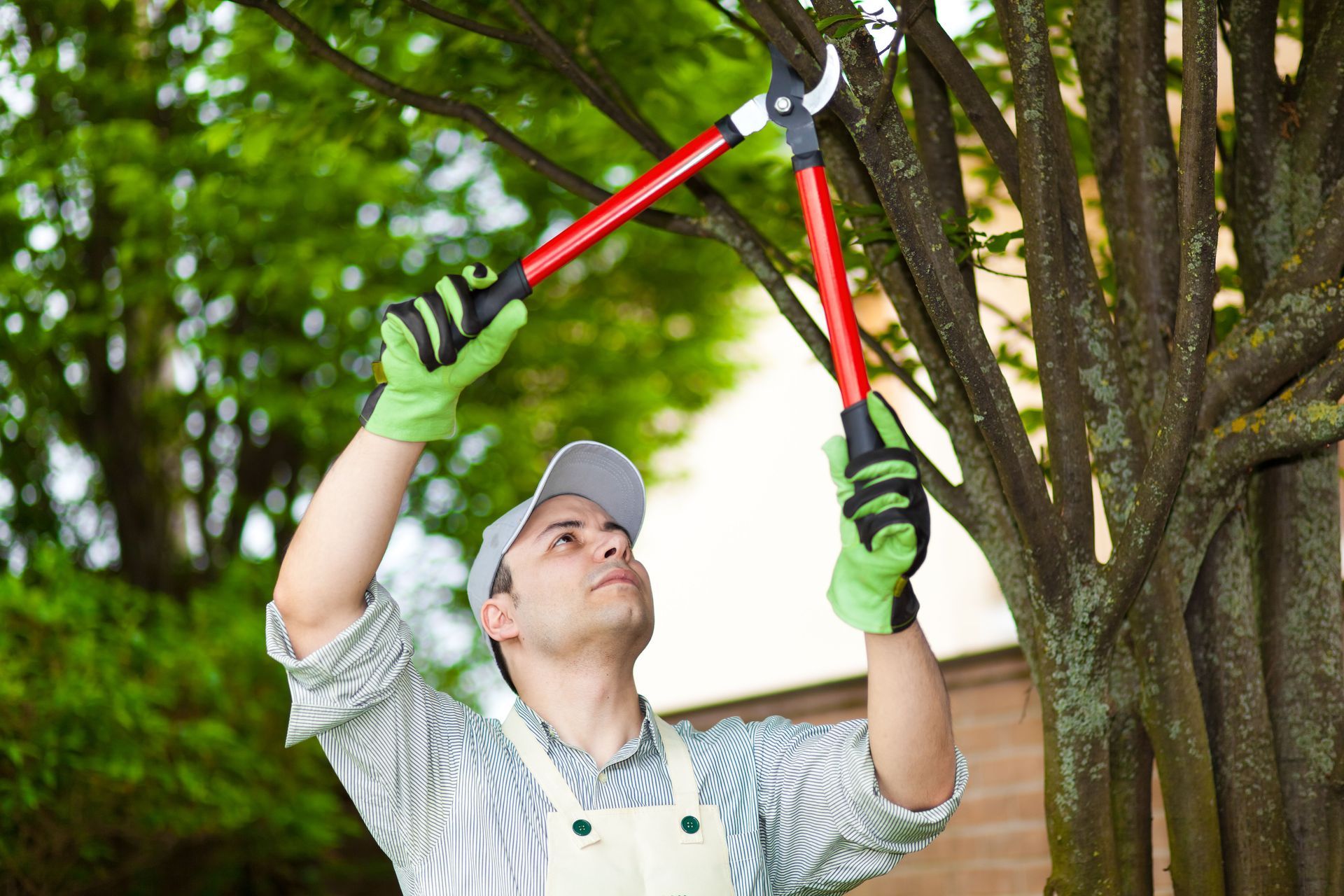
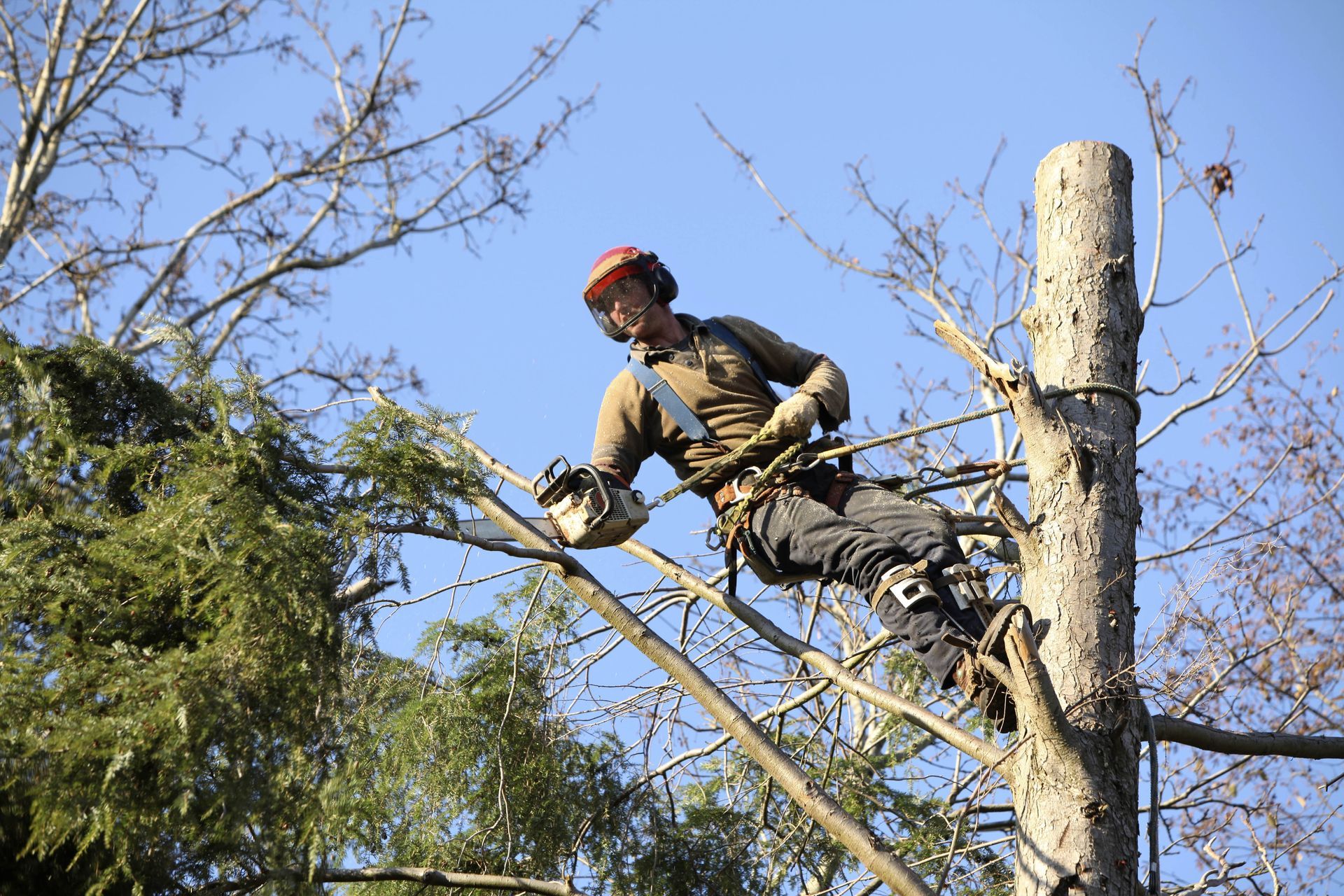
Share On: